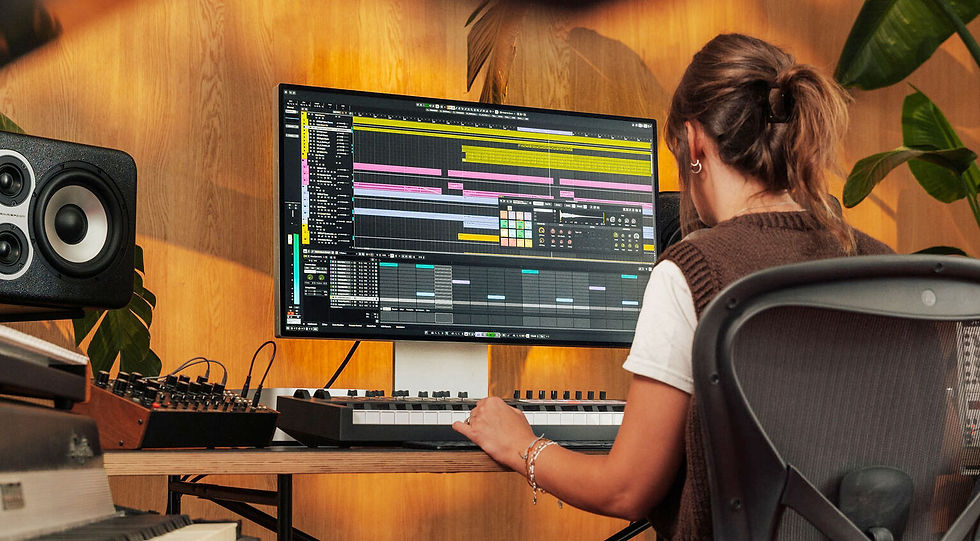How to EQ Vocals Like A Pro - 5 Steps For Eqing
- SDA

- Feb 19, 2021
- 3 min read

Vocal equalizing is half art and half science. You will discover the science, step by step in the art of mixing...
In this video Sam Skilz will guide you step-by-step EQing vocals is a parametric equalizer. He will use the Plugin "Frequency" from Cubase pro, but we are assuming you know your way around you DAW since you have been looking for this type of videos. This can work exactly the same way in any other DAW (Logic Pro, Abelton, FL Studio etc....)
You re going to see the specific frequency bands to work in, but you'll have to narrow those down or shift them slightly depending on if you're working on male or female vocals.
Watch the Video by Sam Skilz on Youtube:
How to EQ Vocals Like A Pro - 5 Steps For Eqing Vocals
To re-cap, the general steps and round about values look like this:
1) ROLL OFF THE LOW-END BASS FREQUENCIES
The first thing you'll do an any vocal track is to roll off the low-end bass frequencies. This is where a lot of noise resides, like electrical static, 60 Hz hum, rumblings from the mic stand or desk, self-generated microphone noise, and air conditioner sounds.
Settings:
- Set the main frequency to 80 Hz with a 24 dB per octave roll off.
- Sweep the main frequency up and down while listening to find the best setting
- Q Width from 0.70 to 1.0
2) REDUCE MUDD & BOOM
Mud occurs because you're recording indoors in a small room and sounds are bouncing around off the walls. We're going to cut volume in 200 Hz to 500 Hz frequency range. We want to reduce it slightly, and the actual middle frequency for your Q setting will shift depending on the recording.
Settings
- Cut volume in this range, 200 Hz to 500 Hz
- Cut of around -3dB to -5dB.
- Q Width from 0.70 to 0.20
3) ADD PRESENCE TO THE VOCALS
This is a harmonic frequency. When you EQ other instruments in the mix, this is a good candidate to slightly cut out of other instruments like keyboard / synthesizer / Piano. It will make more room for the vocals and keep them present in the track.
Settings
- Boost around around 4kHz to 5kHz
- Boost from +2db to +3db
- Q Width 2.80 4)
4) BRIGHTEN THE VOCALS
In This range, we will add sharpness with some air and sparkle but not too much, because, it can actually hurt the listener's ears on certain sound systems.
Settings:
- High Shelf Boost around around 8kHz
- Boost from +1db to +1.5db
- Q Width from 0.70 to 1.0 5)
5) CUT OUT THE HIGHEST FREQUENCIES
This is the last step in this guide, to cut out the extreme piercing frequencies. We will leave the room for the Hi-hats and shakers in the global mix.
Settings
- 18Khz HIGH ROLL OFF 24db
- Q Width 0.70
You can take this as the best EQ settings for vocals like a template to start with. Of course, there's some decisions to be made within each step about how much to boost or cut and which frequencies to target, this 5 step procedure gives you settings to work within and start from. And in time, with practice and repetition, you'll master the art.
Don’t forget that if it sounds good, it is good.









